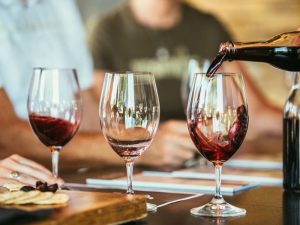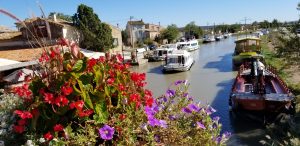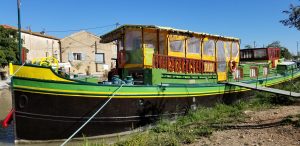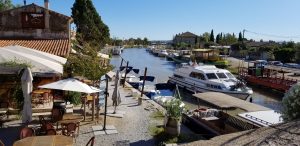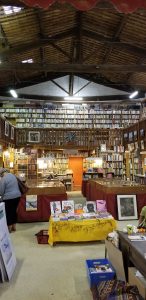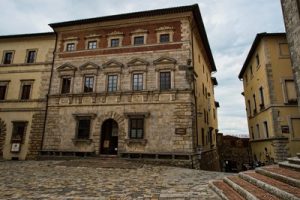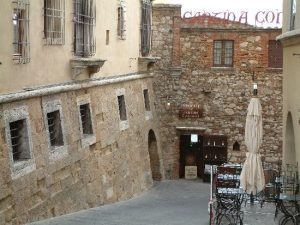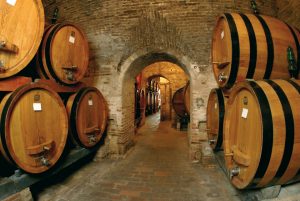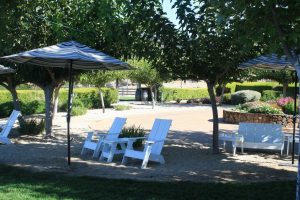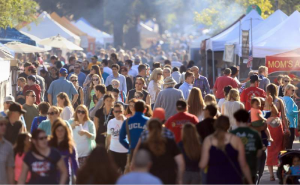Although there have been a few exceptions over the years, we mostly go wine tasting as a couple. Our tastes in wine are not exactly the same, but they’re close enough that we generally like and occasionally dislike the same wineries. It has happened that we have visited Wine Country with friends or relatives. Some have been quite knowledgeable themselves and so having them along was simple.
But there have been other times when our friends knew little about wine, had never been wine tasting before and wanted to experience it with us. The objectives (well, our objectives, if not theirs) is to have a pleasant day, to introduce your guests to a pastime that you are fairly passionate about and to give them a sampling of some good wines. Such a trip offers some nice opportunities but there are some pitfalls as well.
Photo courtesy of Food & Wine Magazine
Here are some tips for taking advantage of the former and avoiding the latter.
- Make sure your friends will still be your friends when the day is over. Don’t be a wine snob; don’t talk down to them; don’t use fancy wine lingo. Yeah, you knew that already but say it to yourself before you set off and repeat it several times during the day. The temptation to brag is insidious and it can be overwhelming.
- Make the day about more than wine. Plan a nice lunch, either a picnic or at a good café or deli. Drive around in some of the prettier areas of the section of Wine Country you’re visiting that day. Choose at least one winery with interesting architecture. If possible, go somewhere you know the servers are good at explaining what they’re pouring. All these steps will keep your friends from feeling overwhelmed.
- Go easy on the top end wineries. There are all too many that charge you forty dollars or more for a few sips of the one or two wines they make. For sure, these are some of the best winemakers in the world or at least they claim to be. But if your friends don’t have the taste buds to distinguish between “very good” and “great” you’re probably not doing them a favor by visiting the heavy hitters.
- On the other hand, don’t play down to your perception of their sophistication. Only go to places you would visit if you were on your own. Your wine tasting adventures probably aren’t all Screaming Eagle and Château Margaux, so don’t show off. A good idea would be to choose wineries with two tiers of tastings, with one from their lower priced, popular wines and another with their reserves. That way your friends can taste these wines side by side. They may prefer the easy drinking accessible wines, what’s wrong with that?
- Focus the tastings on your friends, not yourself. Tell your server that you’ve tasted their wines before but it’s the first time for your friends. This enables the server to pitch his or her spiel to the right level, educational for them and not too elementary for you. You may come back some day and then you can get into all the intricacies you want.
The day will be a success if your friends enjoyed themselves and understood wine better than the day before. It would be great if they decided to visit Wine Country again on another day. But if they just added this day to their pleasurable memories and no more, that’s okay too.
